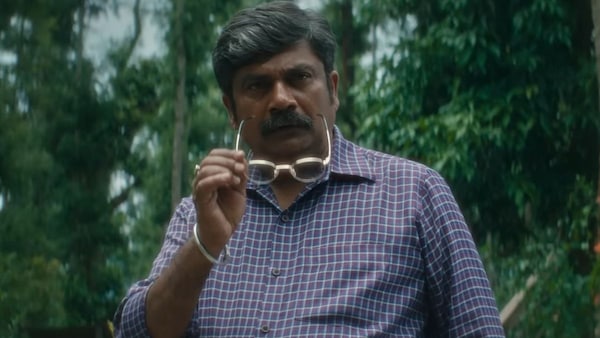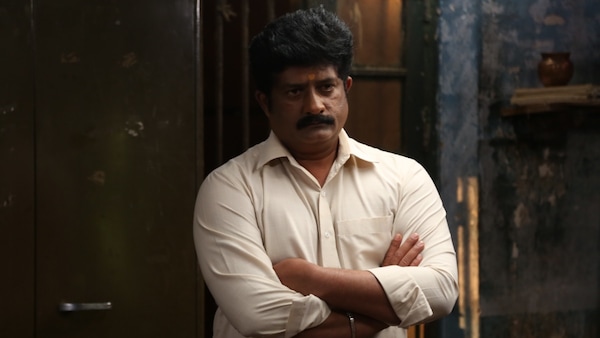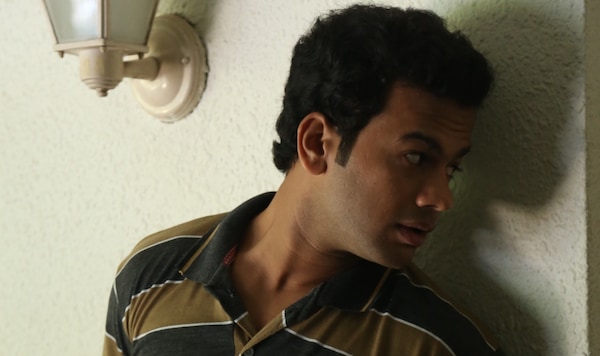Agnyathavasi ending explained: Why is Rangayana Raghu convinced there’s been a murder in his jurisdiction
Agnyathavasi ending explained: Janardhan Chikkanna’s thriller is based on a story by Krishna Raj and set in a crime-free Malnad village in the 90s, which is rocked by not one, but two deaths

Last Updated: 05.31 PM, May 29, 2025
Ever since he saw Rangayana Raghu in AMR Ramesh’s Cyanide , Gultoo filmmaker Janardhan Chikkanna was determined to give the veteran actor a role worth his artistic calibre and when the opportunity presented itself in the story of Agnyathavasi , he didn’t think twice before casting him as the protagonist. In the film, Raghu is the inspector of the police station in Nalkeri, a sleepy village where crime is literally unheard of. For reasons that will be revealed in the course of the film, Raghu’s character remains nameless.
The main players of Agnyathavasi
Such is the lack of policing needs in this village that he spends more time farming, while his subordinate Anantha, played by Ravishankar Gowda, doubles up as a temple priest as well as local match-maker, among others. One of the wealthy men here is Srinivasaiah (Sharath Lohithashwa), who lives alone, after his only son Arun moves abroad seeking a better life. Arun, though, has not only left his father behind; there’s Pankaja (Pavana Gowda) too, who’s been waiting patiently for him to return and take her with him.

Caught up with work and setting himself up on foreign soil, Arun, however, doesn’t come home for years, much to Pankaja’s chagrin. The only relief being that she now has a means of easier communication with him, after another local youngster, Rohit (Siddu Moolimani), becomes the first to own a computer and turns new-age post-man for the people of Nalkeri, sending and receiving emails for them.
The twist in the tale
All seems well, until one fine day, Srinivasaiah is found dead. Old age – everyone thinks, but then the inspector sniffs around, finds something fishy and declares it is murder. But who would kill Srinivasaiah? Agreed, he was not the most liked, but murder seemed out of the question. As the two cops begin to piece the mystery together, there also arises the need to inform Arun of his father’s passing and Rohit’s the only one who can get in touch with him.

When they make their way to Rohit’s house, though, they find him also dead, presumably electrocuted from his computer, which then went up in flames. But then the inspector notices leftover food on the table, which was very similar to the scraps he found outside Srinivasaiah’s house. What’s the connection?
Well, turns out that after Rohit began to develop feelings for Pankaja, she decided it was time to get Arun to come home somehow and devises a plot. She’d kill Srinivasaiah and get Rohit to inform Arun, who’d have to return for the rites. For this, she’d use a naturally found poison root, pashambara, soak it for a few days and use that water to cook Srinivasaiah’s favourite, a chicken dish. She sends the tiffin box with Rohit, who calls on the old man occasionally, with special instruction that no one but Srinivasaiah ought to eat from it.

Unaware of Pankaja’s scheme, Rohit also tampers with the food for his own reasons to kill Srinivasaiah, but not before keeping a few pieces aside for himself. Double whammy for Srinivasaiah! But how did the inspector piece this together? It’s because years ago, he had to resort to something similar to ‘deal’ with his mentally unstable mother, a guilt he continues to carry with him.
